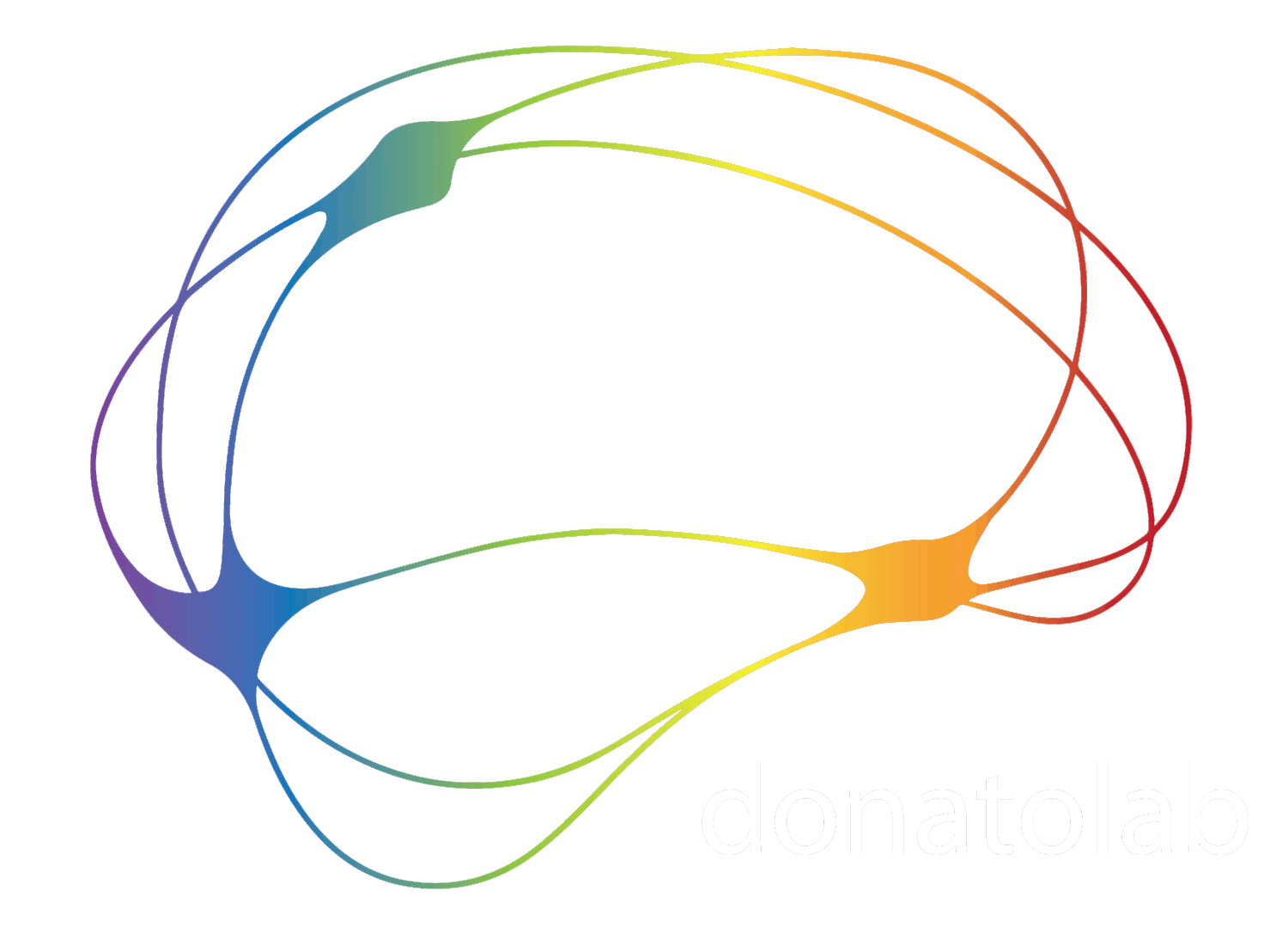Dissecting neural circuits, from birth to function
We use a multidisciplinary approach to study cognitive functions from a developmental perspective. The cornerstone of this approach lies in the ability to record and manipulate the activity of networks of neurons across developmental stages in awake, behaving mice.
Ultrasound microscopy
We take advantage of high-frequency ultrasounds to visualize the developing mouse brain in utero. This minimally-invasive imaging technique allows us to perform targeted microinjections of genetic material into one of the lateral ventricles of the developing brain, and to label neurons that share the same ontogenetic origin for further manipulations.
Circuit Tracing
We use genetically-engineered strains of rabies viruses targeted towards genetically-identified populations of neurons to resolve the wiring diagrams of neural circuits, and uncover computational modules that extend across multiple areas.
Calcium Imaging
In the lab, we use micro endoscopes chronically implanted in close proximity to the hippocampus and entorhinal cortex of awake, behaving mouse pups to follow the activity of hundreds of neurons as the nervous system matures.
in vivo Electrophysiology
We use chronically implanted tetrodes to record the activity of individual neurons in the entorhinal-hippocampal network while animals navigate the world around them. We then map the location of single spikes (red dot) on the spatial trajectory of the animal (black line) to reveal their spatial-coding properties.
Advanced microscopy
We use advanced imaging technologies to observe with high resolution structures located deep inside the nervous system. Our research relies on the Biozentrum Imaging Core Facility.
Opto and chemogenetics
We rely on chemo and optogenetic approaches to manipulate the activity of single cells or populations of neurons in freely-moving animals. These technologies allow us to study the contribution of genetically or developmentally-defined populations of neurons to cortical computations and behavior.
Quantitative analysis of Behaviour
We engage infant and adult mice in a large number of behavioural tasks, either in the real world or in a virtual reality, in order to understand how neurons collectively represent episodic events and create memories based on them.
Network dynamics
We use computational methods to highlight the presence of stereotypical patterns of activity in developing or adult hippocampal circuits, and to follow the progression of these patterns as the nervous system matures.








